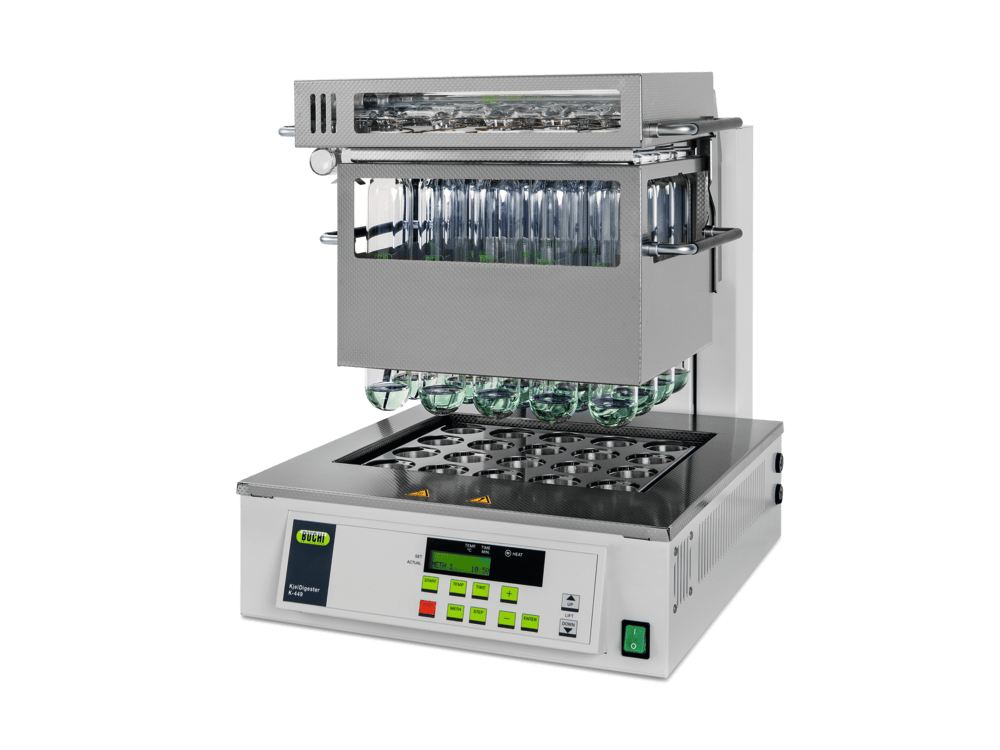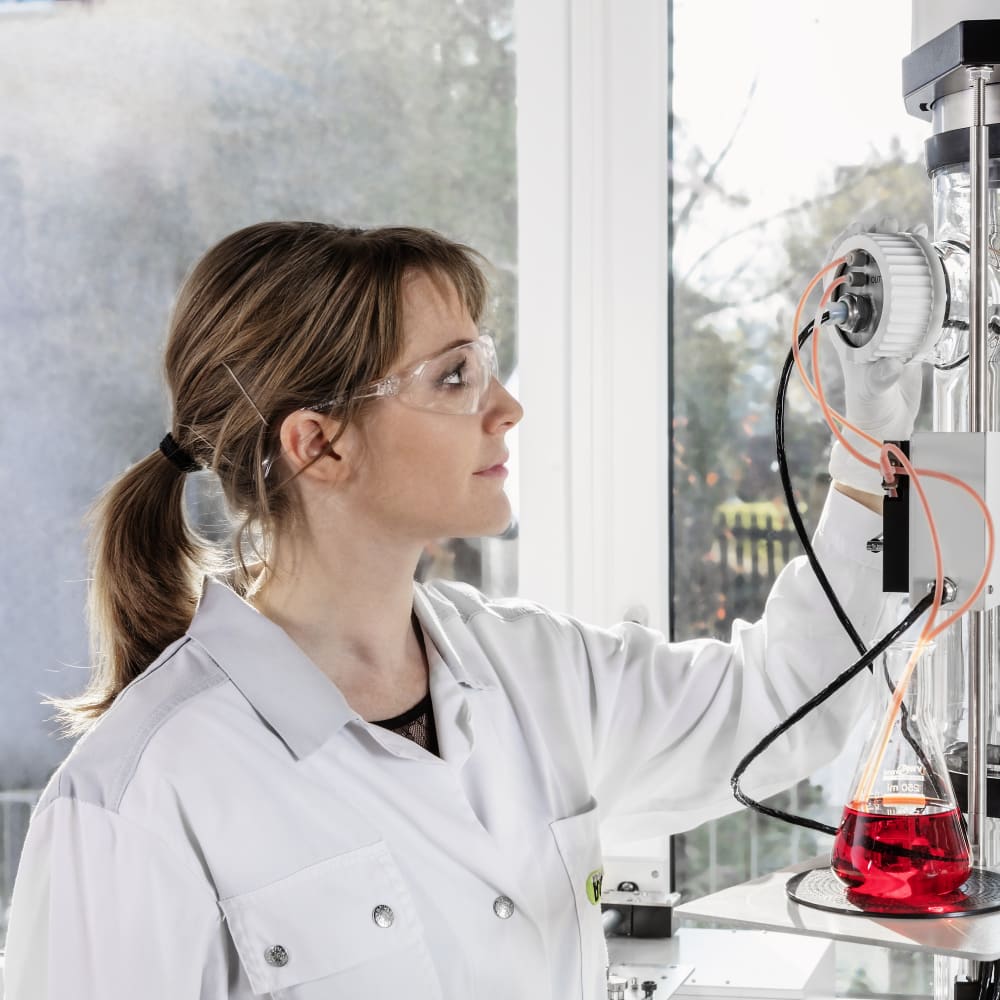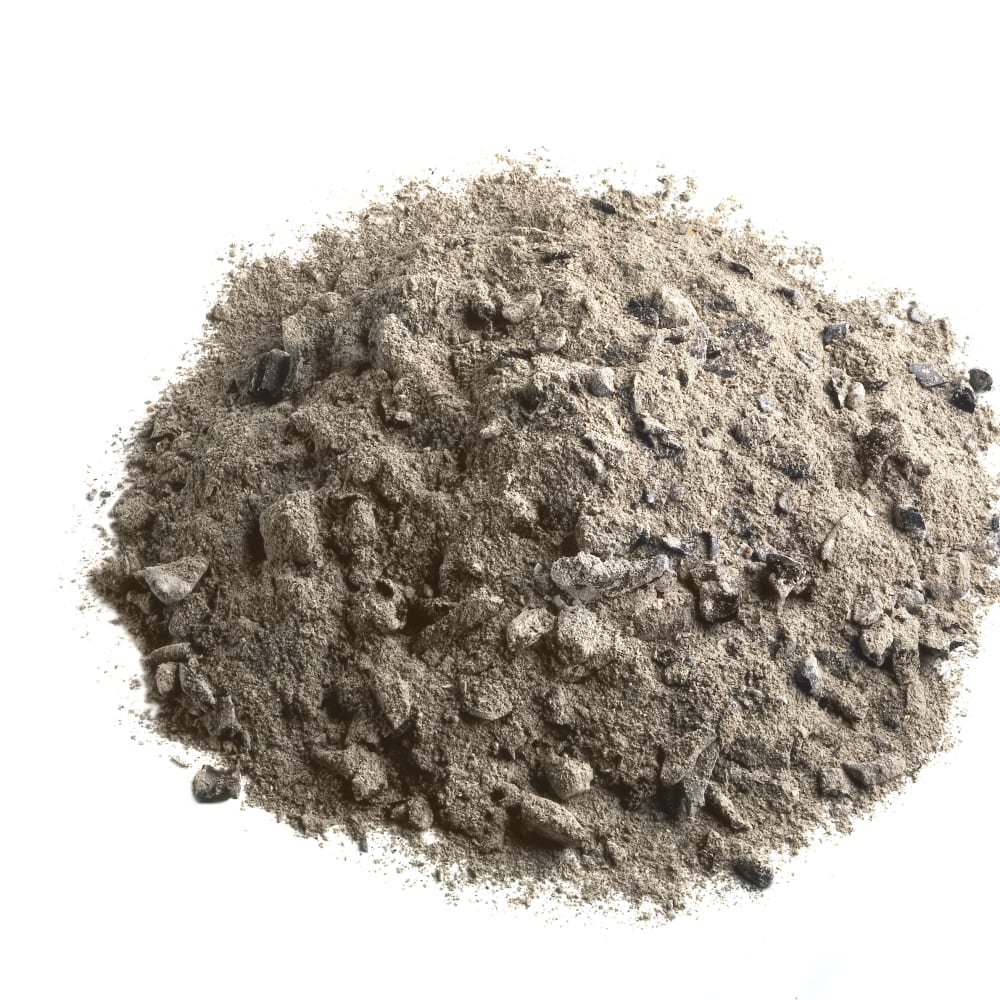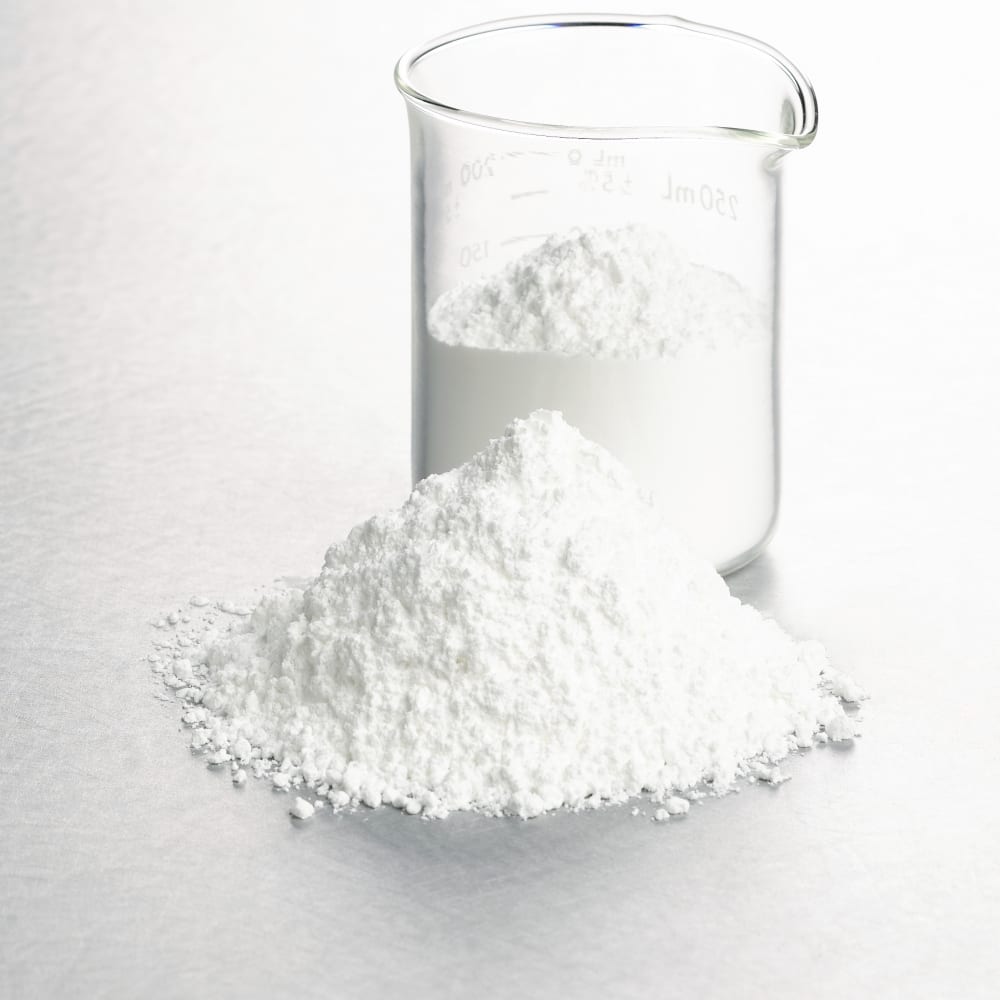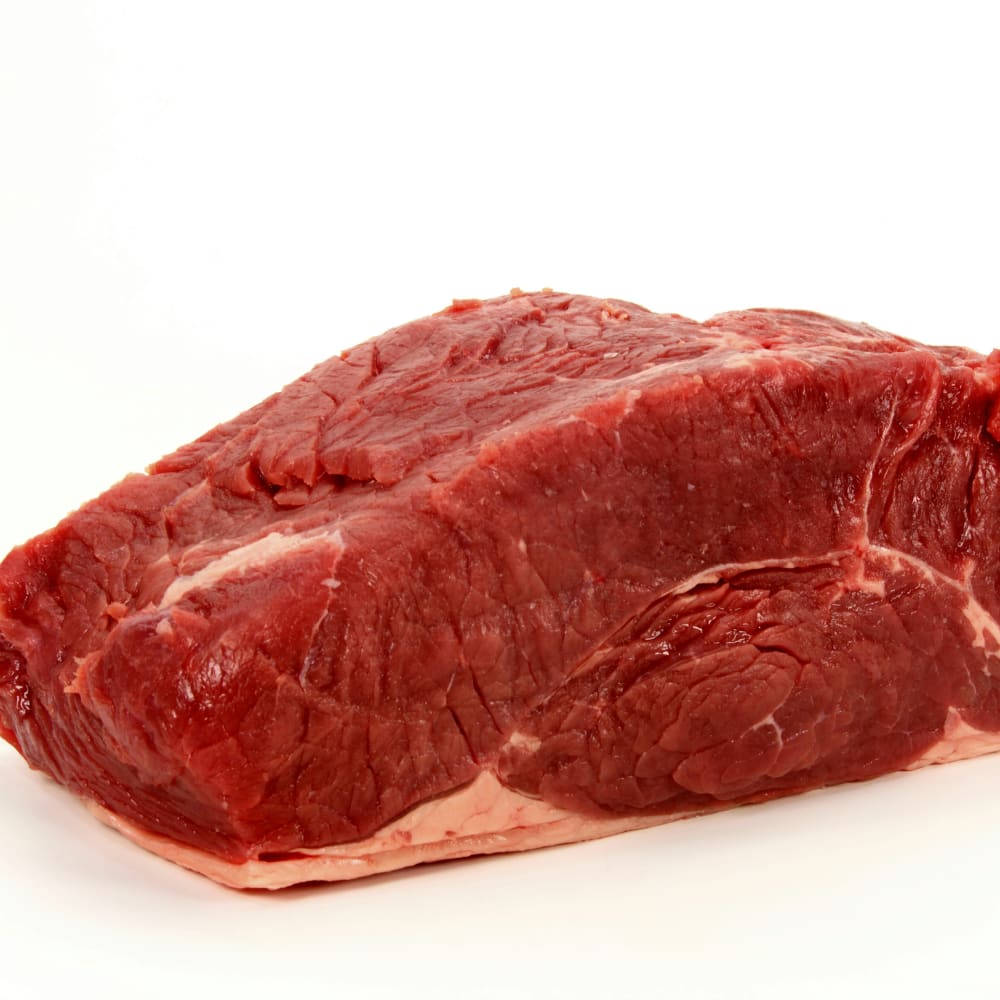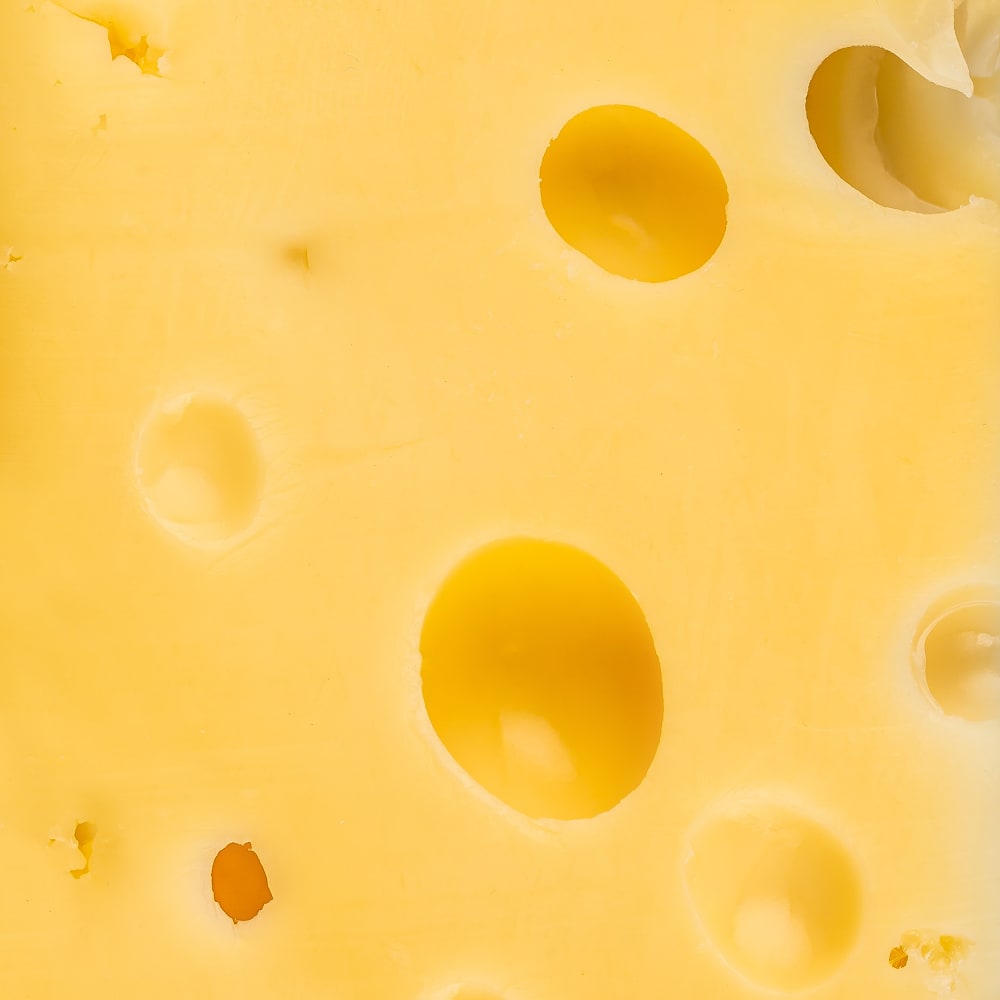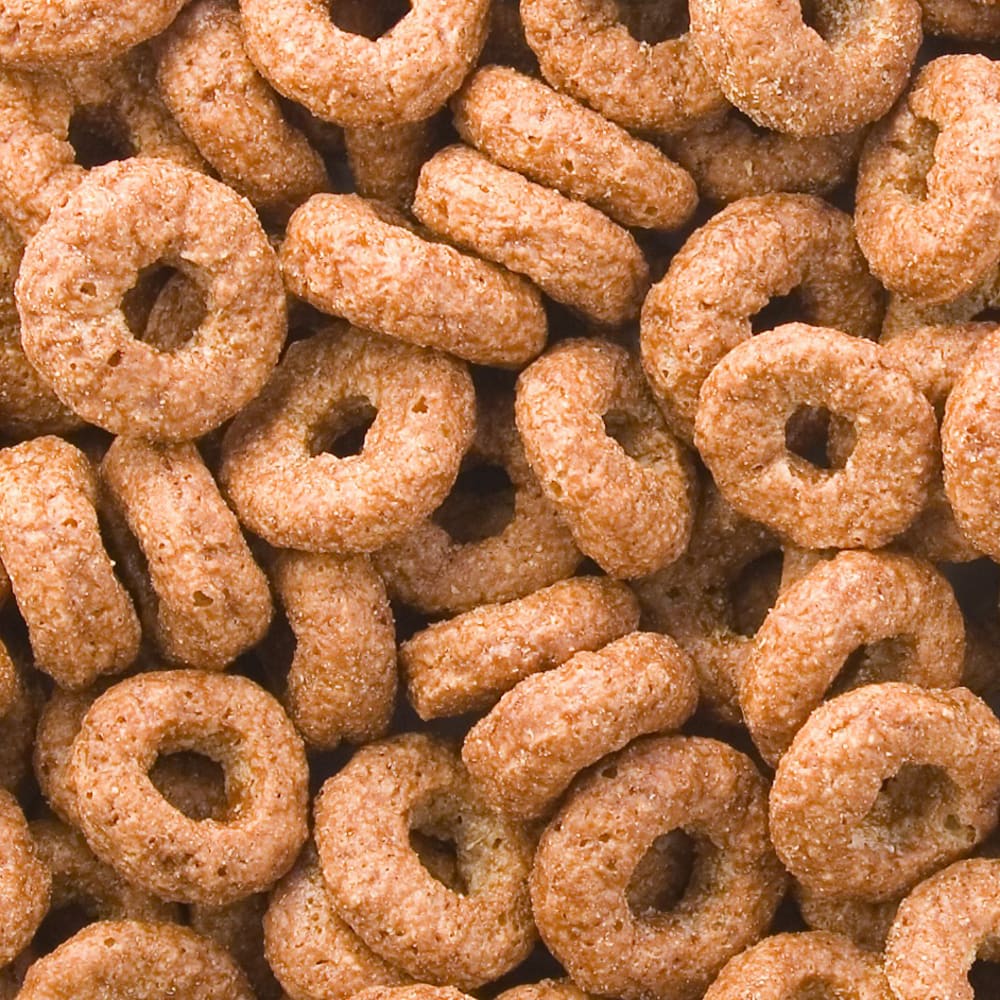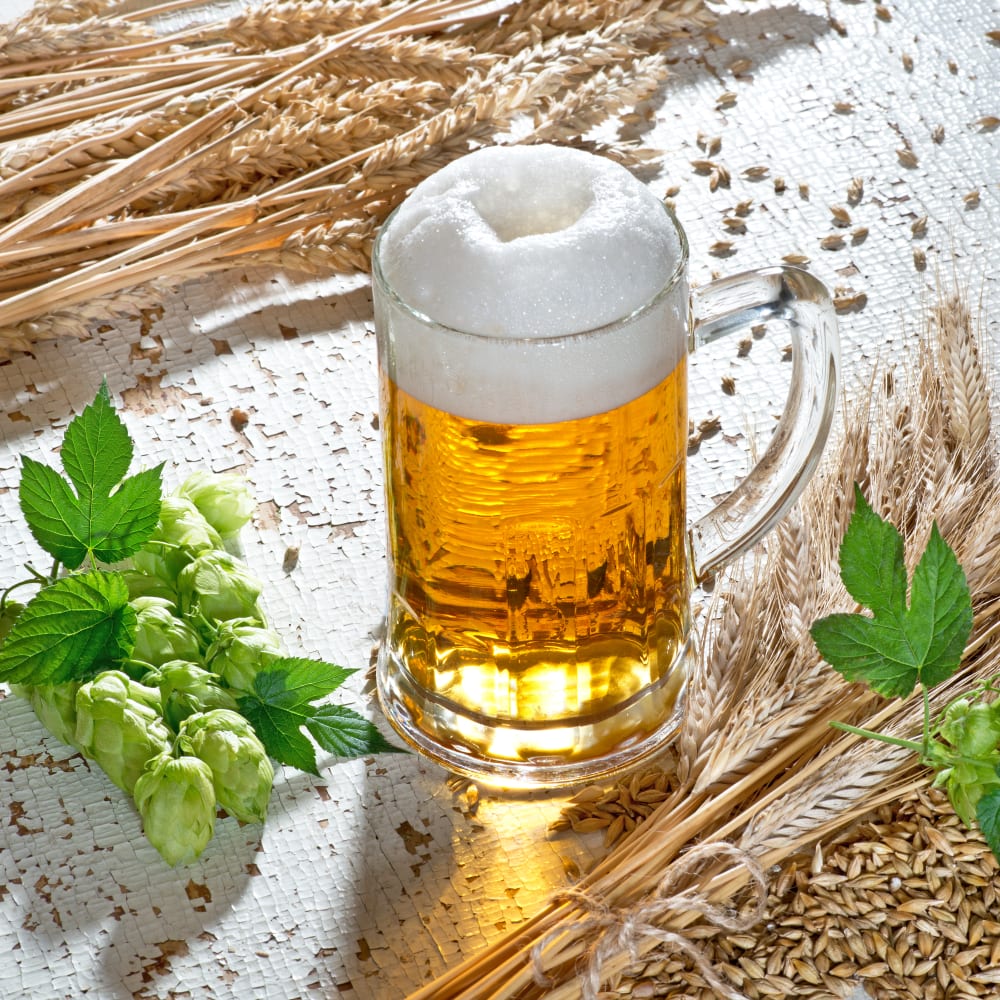Nitrogen determination in urea
Nitrogen determination in urea according to the Kjeldahl Method
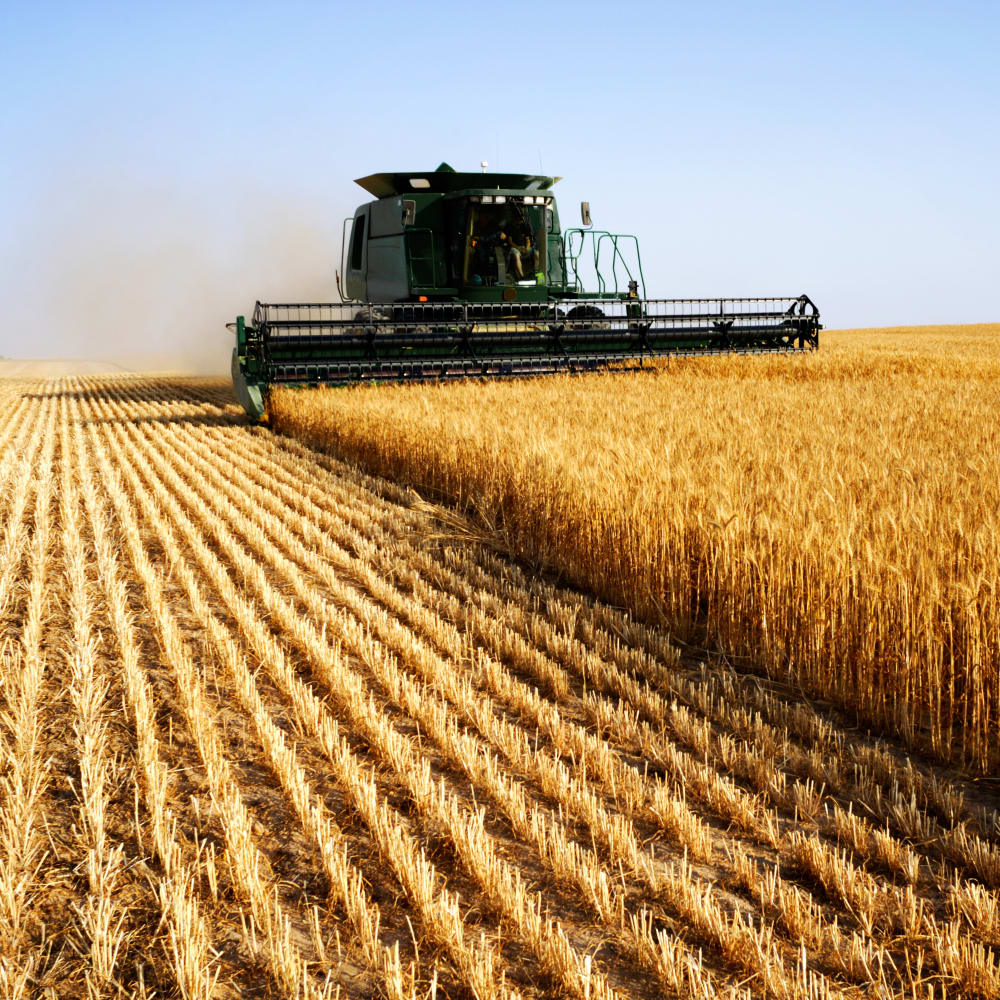
Urea is a common source of nitrogen in all solid nitrogenous fertilizers and it is widely used as a nitrogen release fertilizer. The standard crop-nutrient rating (NPK rating) of urea is 46-0-0. Hence, it contains 46 % elemental nitrogen (N) 0 % elemental phosphorous (P), and 0 % elemental potassium (K). Therefore, it has very low transportation costs per unit nitrogen.Urea decomposes when applied to the soil due to the activity of the enzyme urease. In presence of soil moisture and enzyme, urea normally hydrolyzes and converts to ammonia and carbon dioxide. The reaction takes place after the urea is dissolved in water. To complete the reaction it takes about 48 hours under the alkaline conditions. Ammonia gas will volatilize if not protected. After the application of urea placed on the soil surface or plant it may loose from 50 % to 90 % of its nitrogen as ammonia if not protected. Therefore, the urea is put into the soil and not on the soil to conserve fertilizer nitrogen. Here, the etermination of nitrogen in a urea sample used as a fertilizer is performed using the KjelDigester K-449 and KjelMaster System K-375 / K-376.
Register for download
Related Instruments
Similar Applications
Nitrogen and Protein Determination in Animal Feed according to the Kjeldahl method
The determination of protein in feed is a routine procedure for quality assurance and labelling. A simple and fast method for protein determination in feed products according to the ISO 5983-2:2009 and AOAC 954.01 regulations is introduced below. The sample is digested with sulfuric acid and Kjeldahl Tablets Titanium using the digest Automat K-438, followed by distillation and titration with the KjelMaster K-375 with KjelSampler K-376.


